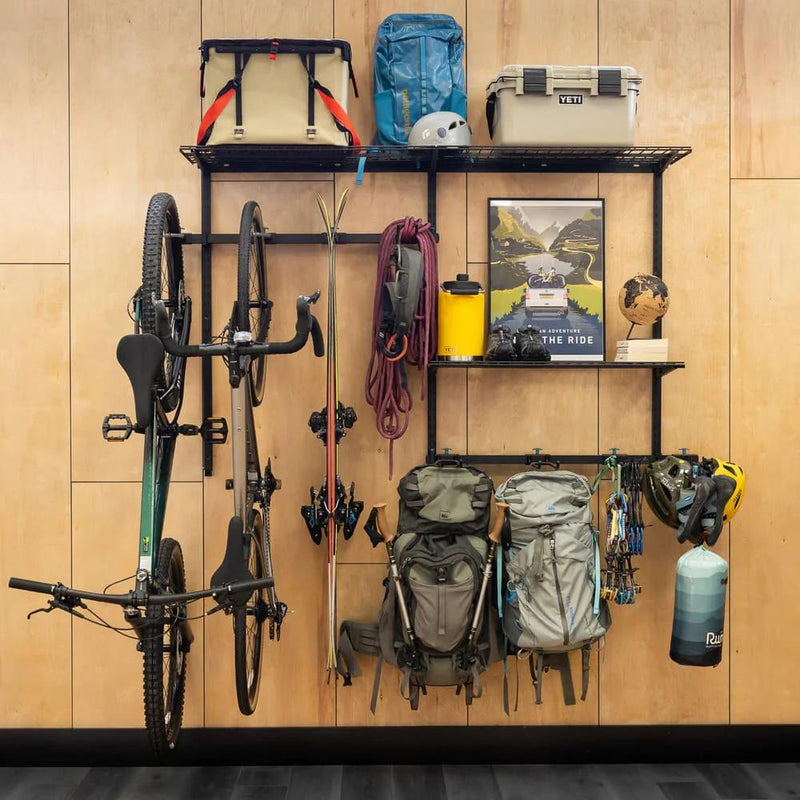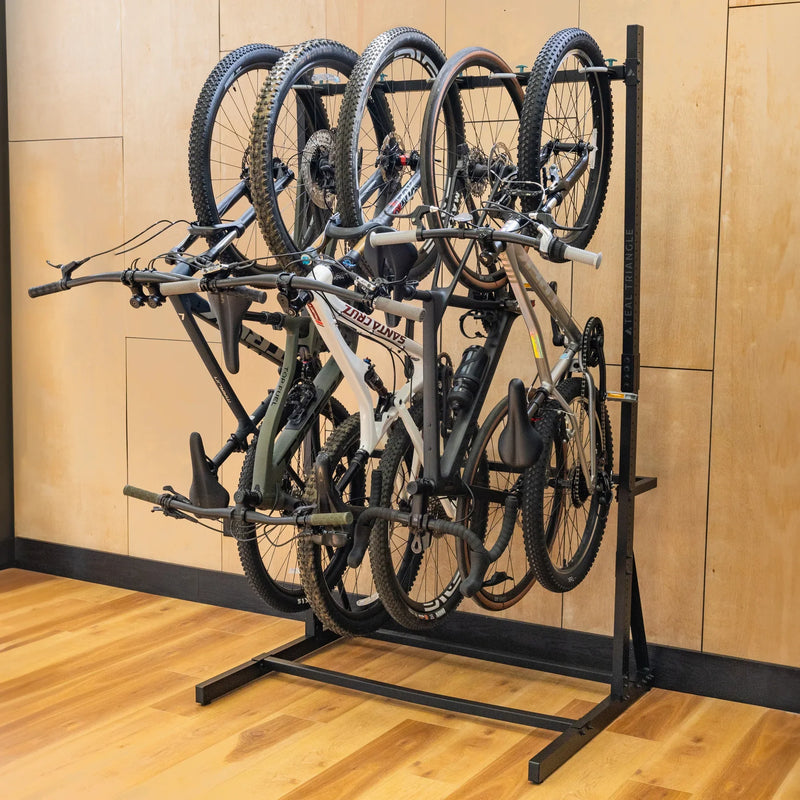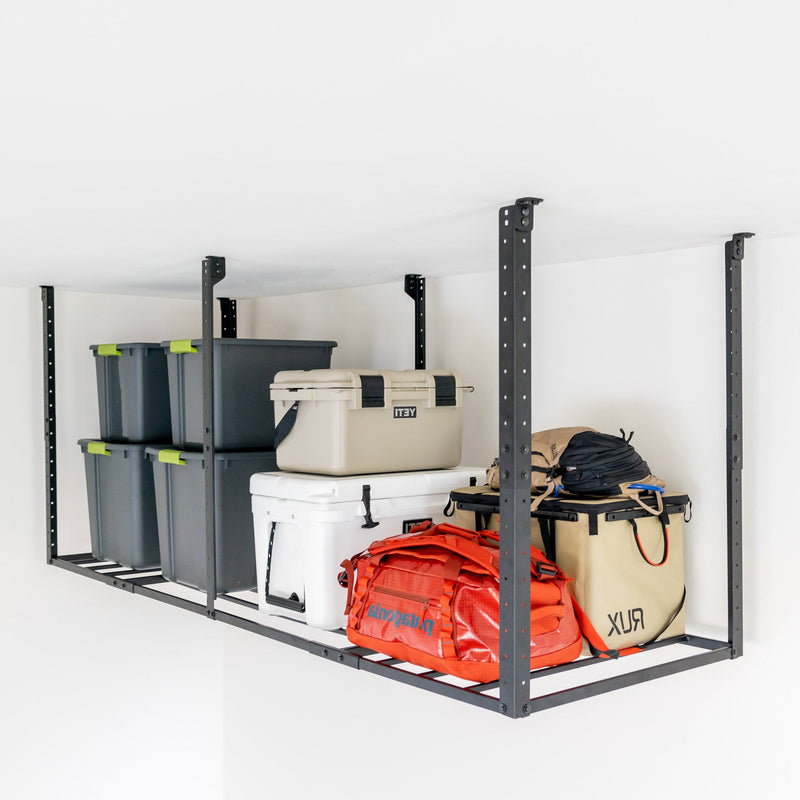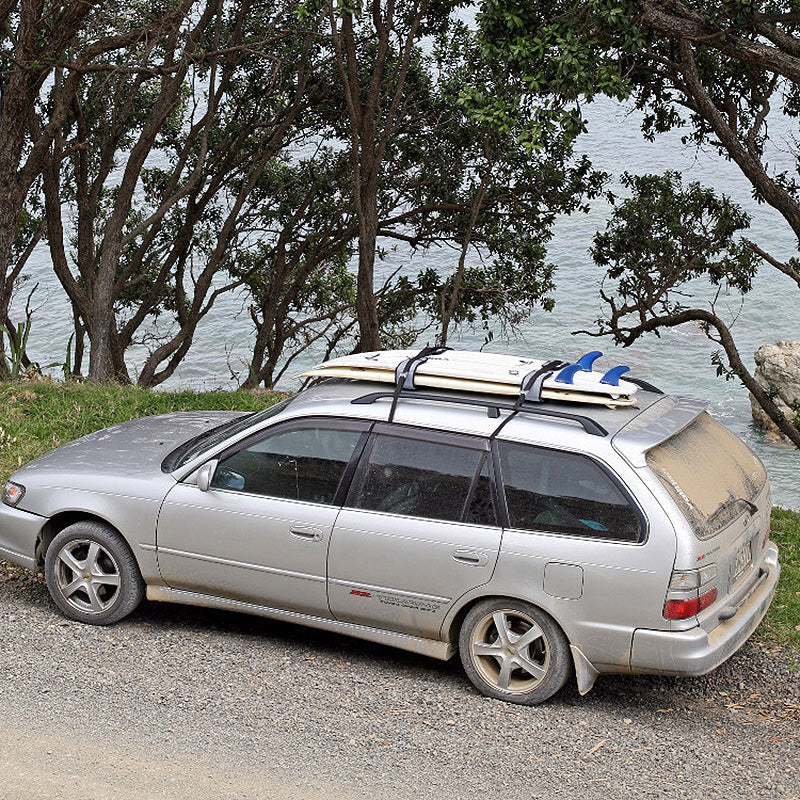Legacy Articles
Skateboarding Safety | StoreYourBoard.com
Before you head out to the skatepark (or that perfectly empty swimming pool in your neighborhood) you need to make sure you’ve covered all your bases when it comes to...
The World of Skateboard Competitions
Because of the popularity of skateboarding, it is not surprising that many competitions exist for skateboarders to show off their skills. Exciting both for competitors and fans, these competitions usually...
Skateboard Buying Guide
If you are interested in skateboarding, the most important thing to do is buy the best skateboard you can find. Before purchasing your first skateboard, try out your friends’ skateboards,...
Easy Skateboarding Tricks
When you are first beginning to skateboard, you may become disappointed quickly because you just can’t do all those cool tricks you see on TV. However, you can learn how...
Skateboarding Laws
Skateboarding has been considered a counterculture sport since its inception. In part because of this fact, numerous local laws exist to prohibit or control skateboarding. The first laws to ban...
Skateboard Deck Materials
The skateboard deck is the actual board of the skateboard. Although you may think a skateboard is simply a piece of wood with axles and wheels attached underneath, this is...
Fingerboards
Finger skateboarding, a recent craze, is mainly popular with preteen boys. However, its roots actually extend much further back into the history of skateboarding. Finger skateboarding was first popularized in...
Skateboards of the Future
How will futuristic advances in technology affect skateboarding? The first skateboards were simple wood and wheel constructions. Today’s skateboards are more sophisticated designs, but they are still constructed in essentially...
Skateboarding Parks | StoreYourBoard.com
Skateboarding parks have been popular since the 1960’s and 1970’s, though they haven’t always been acceptable in mainstream society. Originally built by boarders themselves beginning in the 1970’s, these parks...
Caster Boarding | StoreYourBoard.com
Caster boarding has been compared to both surfing and snowboarding, even though it has wheels like a skateboard. Even though it has elements of all three board sports, riding a...
Offroad Skateboarding | StoreYourBoard.com
When you think of skateboarding, you probably think of sidewalks, skate parks, and pavement. Most skateboards are designed only for use on hard, even surfaces. If you hit a rock...
Sandboarding | StoreYourBoard.com
Sandboarding is one of the many spinoffs of skateboarding and snowboarding; it first became widespread during the 1980’s. Especially popular for snowboarders during the off-season, it is done in deserts...








